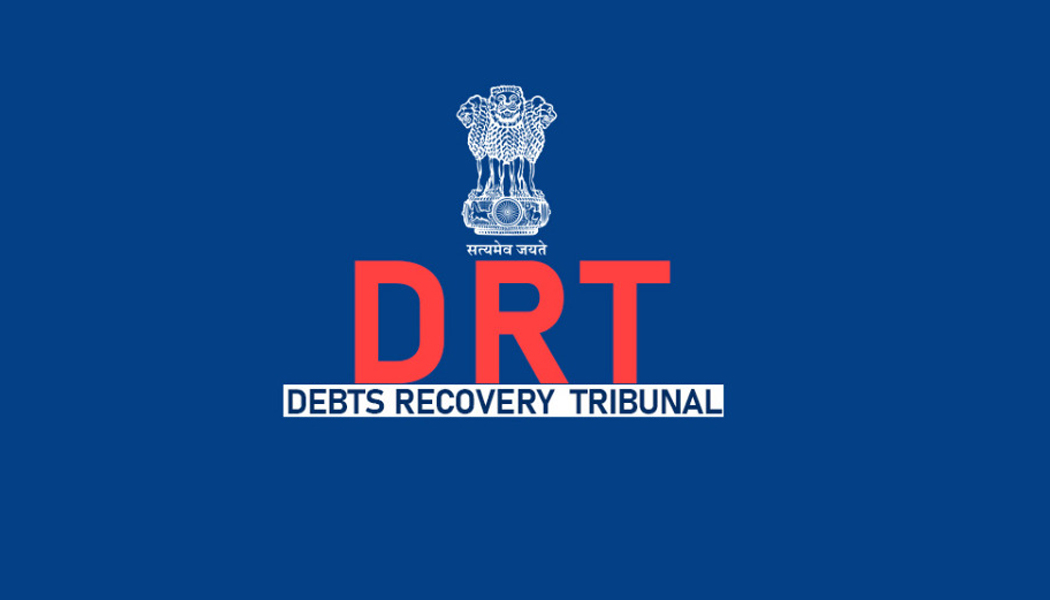
How does DRT (Debt Recovery Tribunals) work?
Debt Recovery Tribunals (DRTs) are specialized judicial bodies established under the Recovery of Debts Due to Banks and Financial Institutions Act, 1993 (RDDBFI Act) in India. The primary purpose of DRTs is to provide an expeditious and effective mechanism for the recovery of debts due to banks and financial institutions, particularly non-performing assets (NPAs).
Here’s a detailed overview of how Debt Recovery Tribunals work:
1. Establishment and Composition:
DRTs are established by the Government of India in major cities across the country. Each DRT is headed by a Presiding Officer, who is typically a retired District Judge or a person qualified to be a District Judge. The DRTs are quasi-judicial bodies, meaning they have some judicial powers but are not full-fledged courts.
2. Jurisdiction:
DRTs have jurisdiction over cases involving recovery of debts due to banks and financial institutions. This includes cases where the debt amount exceeds a specified threshold, as prescribed by the RDDBFI Act. If the amount of debt is below this threshold, the matter can be taken up in regular civil courts.
3. Filing of Cases:
A bank or financial institution (creditor) can file an application before the relevant DRT for the recovery of debts from a borrower (defendant) who has defaulted on repayment. The application must contain details of the debt, the borrower’s default, and supporting documents.
4. Admission and Notice:
Upon receipt of the application, the DRT examines it for compliance with the prescribed format and requirements. If the application is in order, the DRT admits the case and issues a notice to the borrower, specifying the amount of debt claimed and the grounds of default.
5. Response by the Borrower:
The borrower is given an opportunity to file a written response to the DRT within a specified period. This response should include any objections or defenses against the claims made by the creditor.
6. Hearings and Evidence:
The DRT conducts hearings during which both parties present their arguments and evidence. The proceedings are conducted in a summary manner, and the DRT has the power to examine witnesses, receive evidence, and make inquiries as necessary.
7. Judgment and Order:
After considering the arguments and evidence presented, the DRT delivers its judgment and issues an order. The order may include directions for the recovery of the debt, determination of liabilities, and a declaration of the amount payable by the borrower.
8. Enforcement of Orders:
If the borrower fails to comply with the DRT’s order, the creditor can initiate enforcement proceedings to recover the debt. The DRT has the authority to issue various orders, such as attachment and sale of properties, garnishee orders (diverting funds owed to the borrower to the creditor), and appointment of a receiver.
9. Appeals:
Aggrieved parties can appeal against the orders of the DRT to the Debt Recovery Appellate Tribunal (DRAT). The DRAT is an appellate authority established to review the orders of the DRTs. Further appeals can be made to the High Court and, if applicable, to the Supreme Court of India.
10. Time-bound Process:
One of the key objectives of DRTs is to expedite the recovery process. The RDDBFI Act mandates that DRTs should strive to dispose of cases within six months from the date of their admission.
11. Summary Nature:
DRTs follow a summary procedure, which means that they can decide cases without the elaborate procedures and formalities of regular civil courts. This is aimed at expediting the recovery process.
In summary, Debt Recovery Tribunals play a crucial role in the recovery of debts due to banks and financial institutions in India. They provide a specialized forum for addressing disputes related to defaulted loans and NPAs, with an emphasis on expediency and efficiency in the recovery process.
